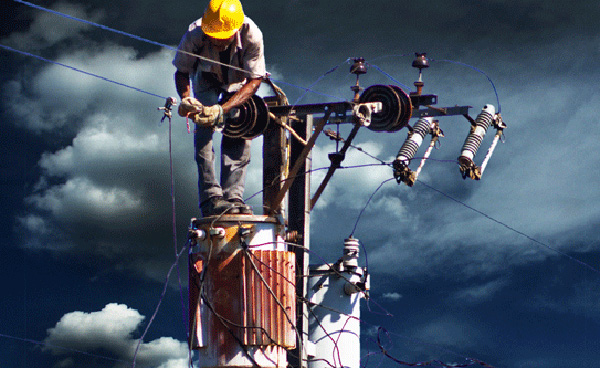- Category: Blog
The Top 10 ( 6 - 10 This Post ) Most Commonly Cited Electrical Code Violations
This article, which appeared in EC&M, will review 10 of the top-cited violations from around the country based on feedback from electrical inspectors. In many instances, these violations are consistent in many regions. Top 5 Violations will be posted in our next post.
Violation #6. Missing or Improper Field Labeling
The NEC contains field labeling requirements for new and reconditioned equipment. If labels are not provided or are illegible, maintenance personnel and other electrical professionals who are called on to troubleshoot electrical problems will struggle when trying to disconnect pieces of equipment from the system.
Some facilities operate with the same electrical crew for decades. These individuals have installed and maintained the electrical system for years. Then, the unthinkable happens. The maintenance staff is no longer there. Some have retired, others have experienced a life-changing event and are no longer available, and some have passed away. This information was embedded in their brains or in files that have been discarded. With the absence of a simple label, many hours are spent trying to figure out how to isolate or disconnect electrical equipment.
Proper labeling is important to ensure that future electrical professionals can work safely and efficiently on the electrical system. It only takes a few minutes longer to make a label or order one for the equipment.





